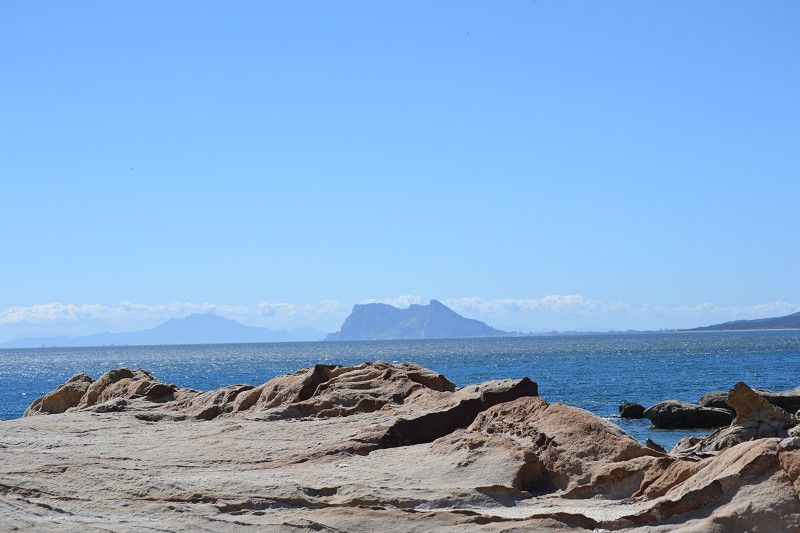
The municipality of Manilva is known for its beautiful beaches, but also for the cozy marina and the castle Castillo de la Duquesa , which is the figurehead of the city. This municipality, which is the last on the Costa del Sol to the west, borders Sotogrande in the province of Cadiz and to the east with Estepona.
In addition, it also borders Casares-y-Estepona, Casares, where Manilva belonged until 1796.
In addition to the beautiful beaches, amenities and cultural attractions, it also has an interesting holiday calendar .
In addition, there is a beautiful golf course and beautiful new urbanizations.
Manilva's cuisine is based on the Mediterranean diet, with plenty of fresh fish, shellfish and crustaceans.
In general, we can divide the tourists who come to this nice place into three groups, the people who come for the beach, the golf tourists and people who come to enjoy nature.
On Sundays there is a large market on the fairground (camino los banos, turn away from Lidl)
It is also a nice excursion to visit the Castillo de la Duquesa, a restored 18th century fortress where some offices of the town hall are located and various exhibitions are organized.
Close to this castle, excavations have been made that show that Sabinillas was built on the site of a Roman fishing village.
Up along the Rio de Manilva you will find a beautiful walking area with Roman baths ( baños de Hedionda ) which were later used by the Arabs and left intact by the later Catholics.
The baths smell a bit of sulfur (sulphite) but are pleasantly warm all year round. The warm water flows through the constructed pools and it is surprising to see how fish and frogs can live very well in this environment with a high sulfur content.
Many visitors look for mud on the other side of the stream (scraping it off the river embankment with a sharp stone) and smear it on themselves before washing it off in the baths or directly in the river.
The Arabs, as far as we know, used these baths a lot, but their stay in this area, without our knowing why, did not last long.
You can also take a short excursion to the village of Manilva itself, which is known for the white grapes and the wine produced from them.
The wine from Manilva is sweet, like sherry.
You can discover the different types of wine in the wine museum ( located next to the police station in the town of Manilva ) , after the tour there is a tasting at a fantastic vantage point .
Be sure to try it in one of the many bars.
After the 'reconquista', the reconquest of southern Spain from the Catholics, the village of Manilva was founded on one of the hills along the coast.
In this way the inhabitants saw the attacks of the Turks and the Arab pirates coming and they could better defend themselves against it.